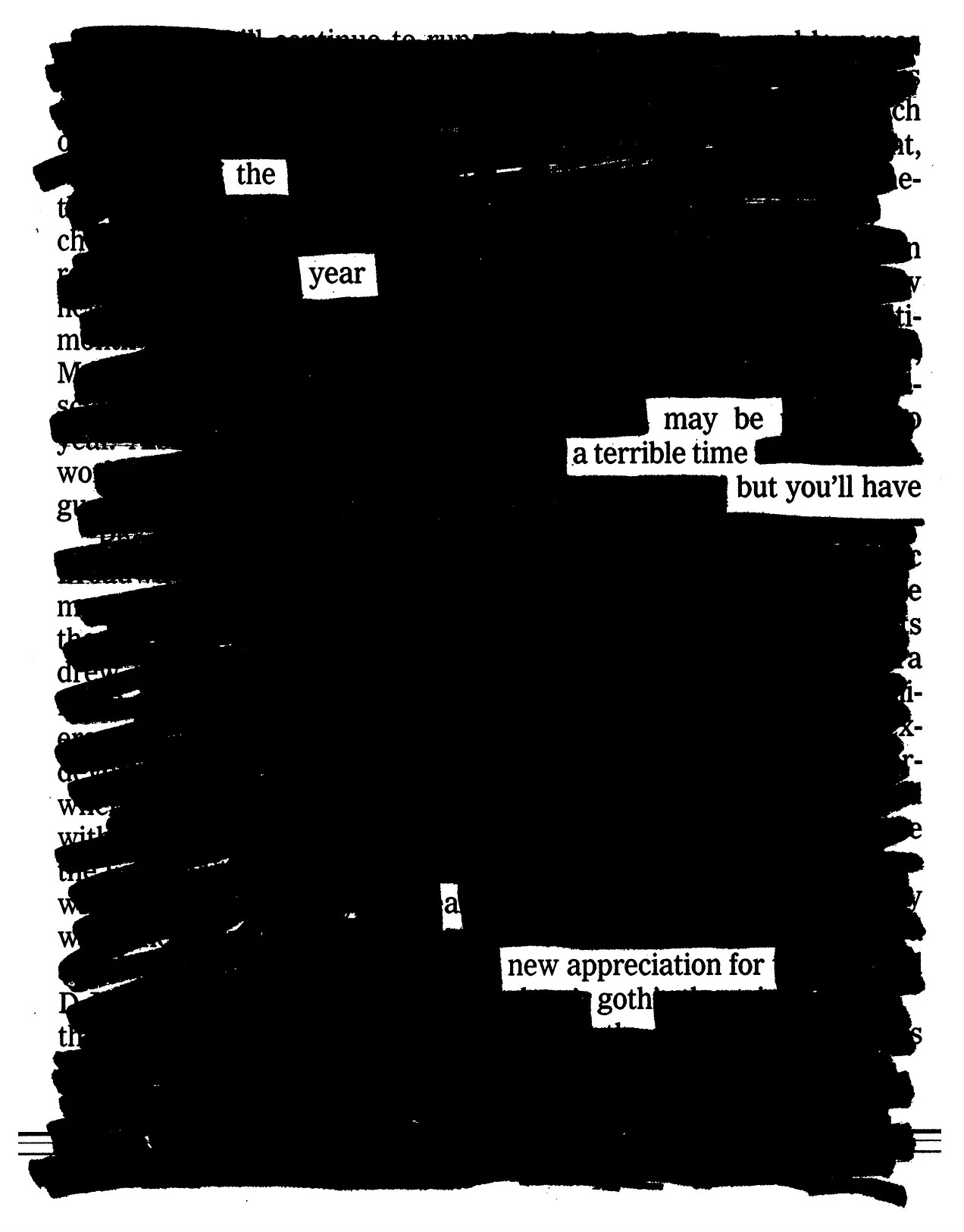I had two newsletters in my inbox today that talked about the value of diving into an author’s complete works or backlist, A Love Letter to the Single Author Course by Ravynn K. Stringfield and Your next best friend by Austin Kleon.
Stringfield says,
To follow an author across the trajectory of their life, see how their styles and ideals changed over time, watch them venture into different forms and genres, was captivating. It was like the most immersive psychology class you could imagine. Under the guidance of the right professor and with appropriate supplementary materials—not just secondary sources, but writing by others that perhaps the author in question may have been inspired by or inspired with their own work—important cultural moments could be rendered in sharp relief. Literary disputes made as lively as any reality TV beef. Portraits of artistic communities shone. So much could be gleaned from taking an intentional walk through just one person’s corpus.
Kleon says,
We spend a lot of our lives as readers on the search for new books. But how many great books are already waiting for us on our shelves? How many favorite authors would we form deep relationships with if we simply read or re-read a few more of their books?
In the Discord community for the Fated Mates podcast, I’ve seen several of us do this with a particular author. Especially rewarding for me has been reading Sarah MacLean’s adult (as opposed to young adult) novels, watching her grow from writing the Regency ballrooms that populate so much of historical romance into creating a Victorian-era girl gang dealing out justice to people who are extra misogynistic as a backlist to Queen Victoria’s ascension to the throne. I love tracking features MacLean returns to and evolves. For example, her books usually include a high-emotion scene tied to some incredible location—an underwater ballroom, a bench where if you whisper on one end another person sitting on the other hand can hear you perfectly as if you were right next to them. But then she evolves this, so in a book where characters are on the road for much of the book, she deploys a gorgeous puzzle box in exactly the same way she deploys these magical locations and it’s a joy to behold.
I think it would be fascinating to take a romance author’s work—Stringfield suggests that Beverly Jenkins is ripe for this treatment—and dig into not just the texts themselves, but the texts the author might have been reading, the world events happening while they were writing.
I listened to the Fifty Shades of Grey episode of Fated Mates yesterday and in that, Sarah MacLean talks about how romance writers are all reading each other’s works and having a conversation in their books. Her casino series, The Rules of Scoundrels, was a response to J. R. Ward’s Black Dagger Brotherhood. I suspect MacLean’s series influenced Joanna Shupe’s casino book, The Prince of Broadway.
This makes me think of the concept of scenius, which Brian Eno coined but I learned of through Kleon’s work. What can we learn about the creative network present in an author’s life by doing a single author study either individually or as part of a group or class?
What authors’ backlists have you explored? Whose would you like to?
